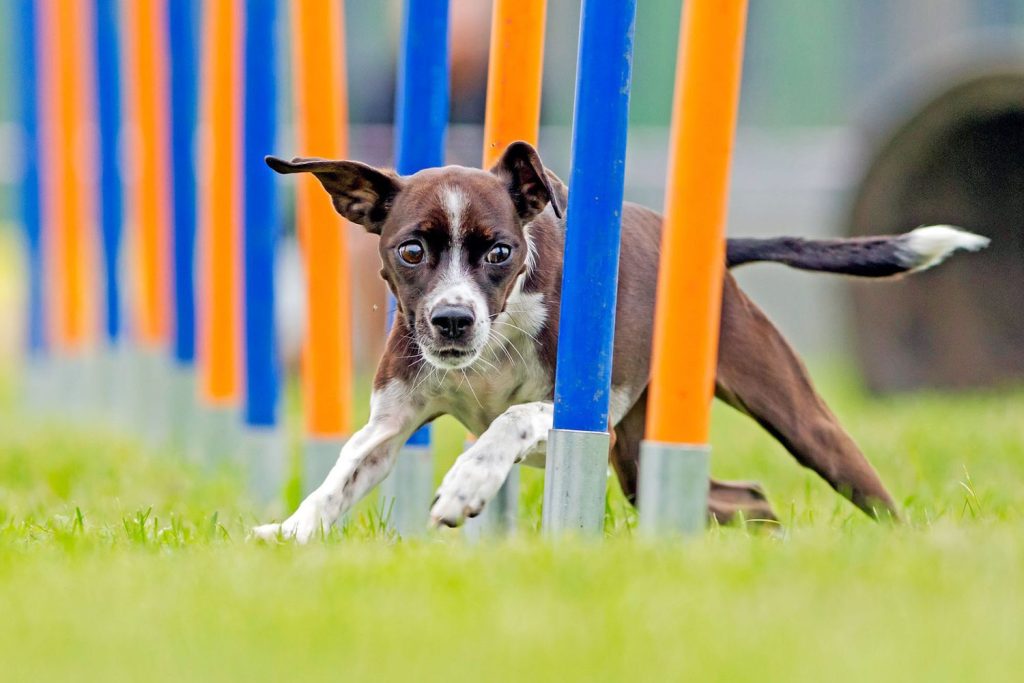A well-behaved canine companion is a joy to have, and the key to achieving this lies in effective dog obedience training. Just like molding clay into a beautiful sculpture, shaping your dog’s behavior requires patience, consistency, and positive reinforcement. Before diving into the intricacies of dog obedience training, it is crucial to grasp the basics of canine behavior. Establishing yourself as the leader of the pack is the foundation of obedience training. This does not mean resorting to dominance or harsh punishment, but rather employing clear communication and positive reinforcement.
Consistency is Key
Consistency is the cornerstone of successful austin dog obedience training. Dogs learn through repetition, so it is essential to establish consistent rules and expectations. If you allow your furry friend to jump on the couch one day and scold them for it the next, confusion will set in. Consistency creates a predictable environment that helps dogs feel secure, making it easier for them to understand and follow commands.

Positive Reinforcement
Positive reinforcement is a powerful tool in sculpting your dog’s behavior. Dogs respond well to praise, treats, and affection when they exhibit the desired behavior. Whether it is sitting, staying, or walking politely on a leash, rewarding your dog reinforces the idea that good behavior is met with positive outcomes. This creates a positive association, motivating your canine friend to repeat the behavior in the future.
Effective Communication
Clear communication is vital in any relationship, and the same holds true for the bond between you and your dog. Dogs do not understand complex language, so use simple, consistent commands. Whether it is sit, stay, or come, choose words that are easy for your dog to comprehend. Pairing these commands with hand signals or visual cues can further enhance communication, ensuring your dog understands what is expected of them.
Patience and Understanding
Just as a sculptor patiently molds a masterpiece, dog owners must be patient and understanding during the training process. Dogs may not grasp commands immediately, and some breeds may require more time and repetition than others. Avoid frustration and remain calm, reinforcing positive behavior while gently correcting undesirable actions.
Socialization Matters
Exposing your dog to various environments, people, and other animals is an integral part of obedience training. Socialization helps prevent fear and aggression, fostering a well-adjusted and confident canine companion. Gradually expose your dog to new experiences, always monitoring their reactions and providing positive reinforcement for calm and friendly behavior.
Professional Guidance
While many dog owners successfully train their pets at home, seeking professional guidance can be beneficial, especially for first-time dog owners or those dealing with specific behavioral issues. Professional trainers can provide personalized advice, addressing individual needs and tailoring training methods to suit your dog’s personality and temperament.
By understanding the basics, practicing consistency, utilizing positive reinforcement, communicating clearly, and embracing patience, you will sculpt a well-behaved and delightful companion. Remember, the key to success lies in the bond you share and the positive experiences you create together.